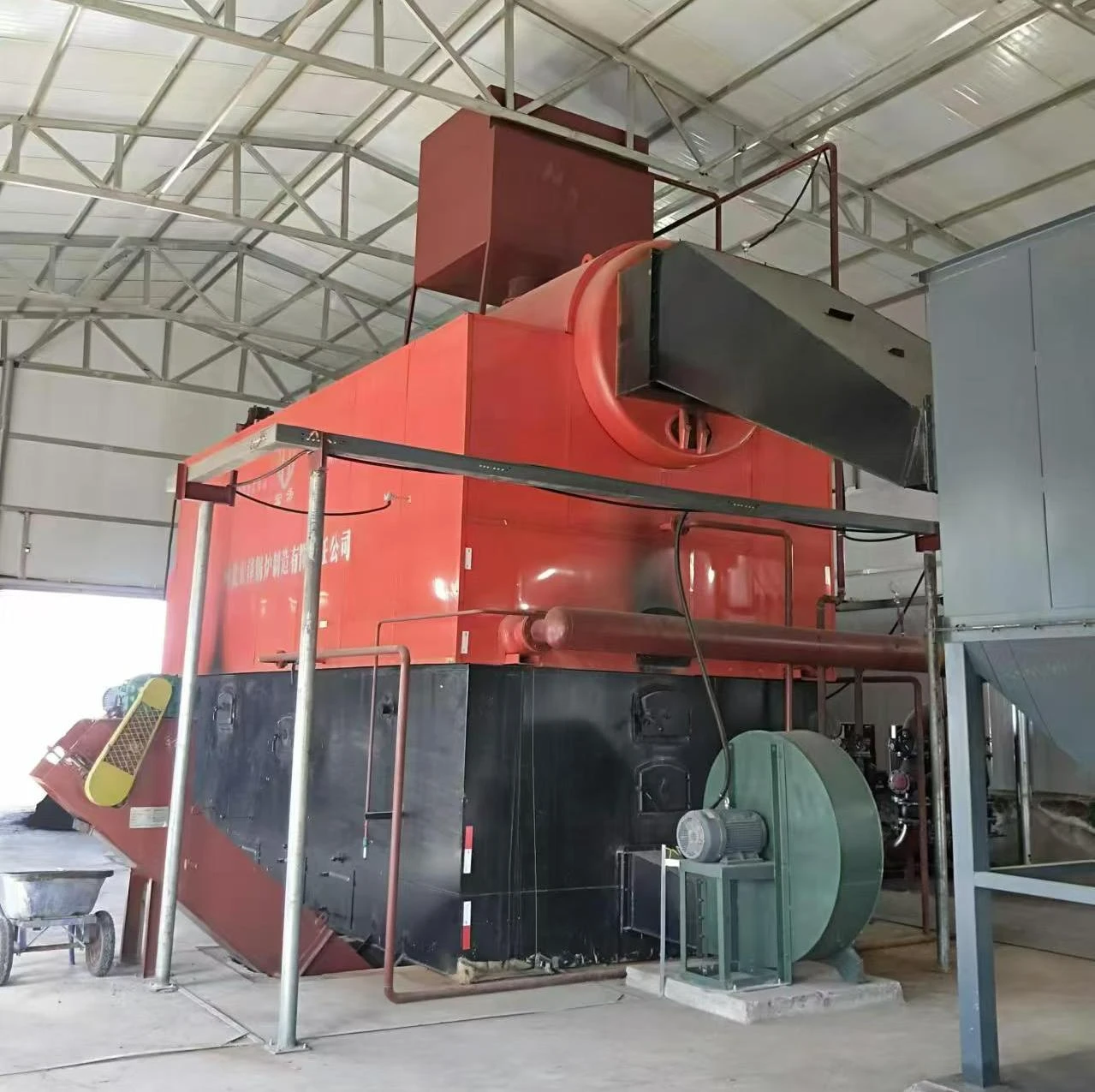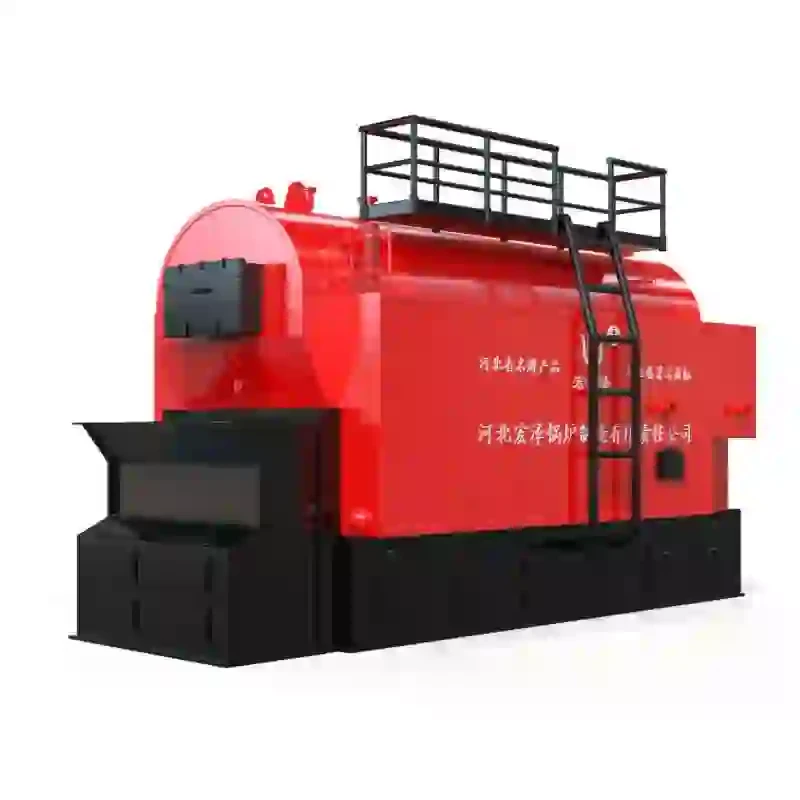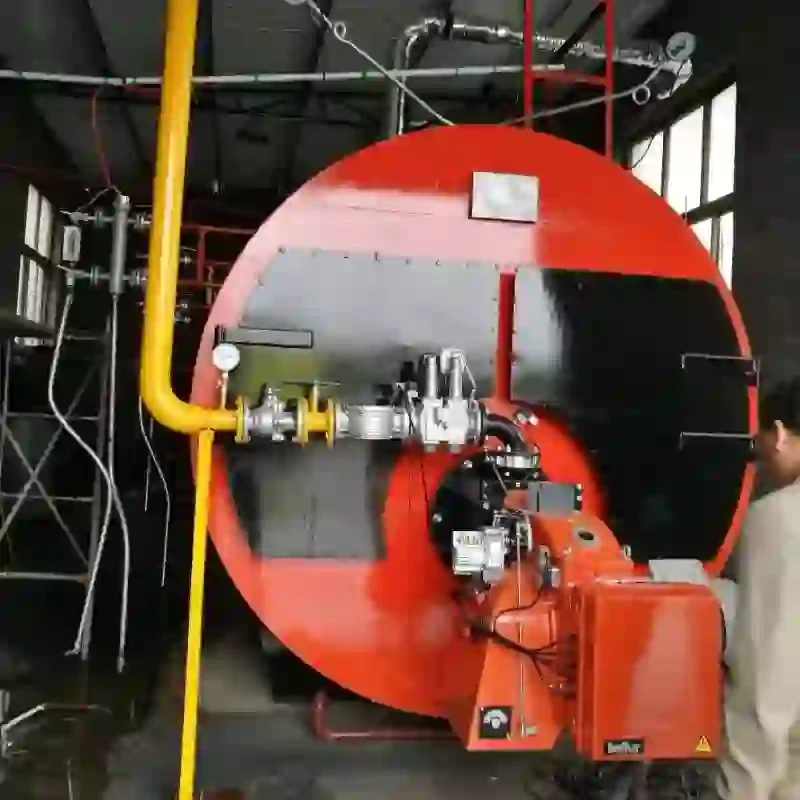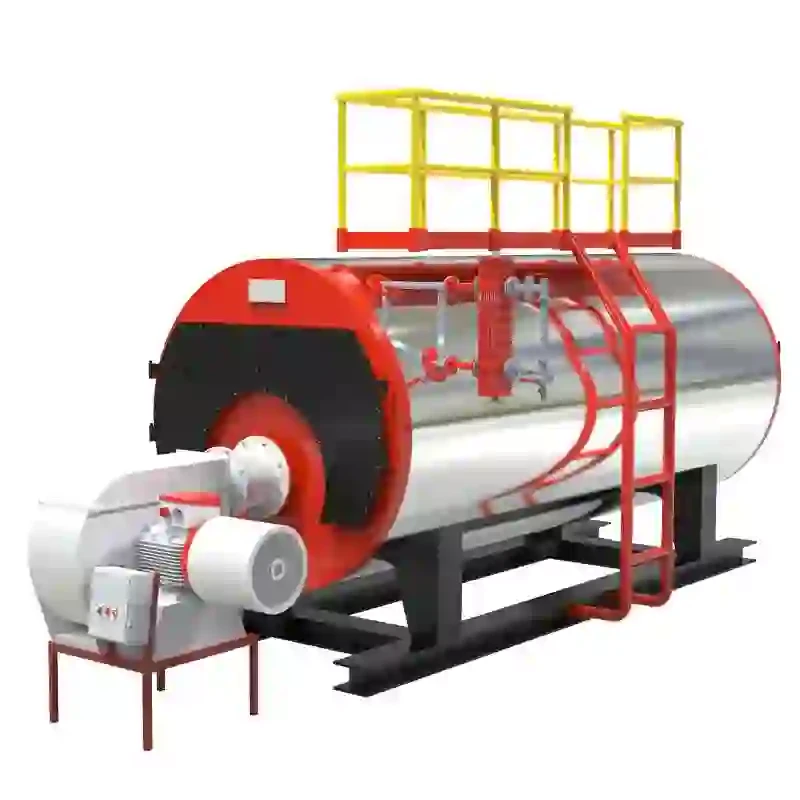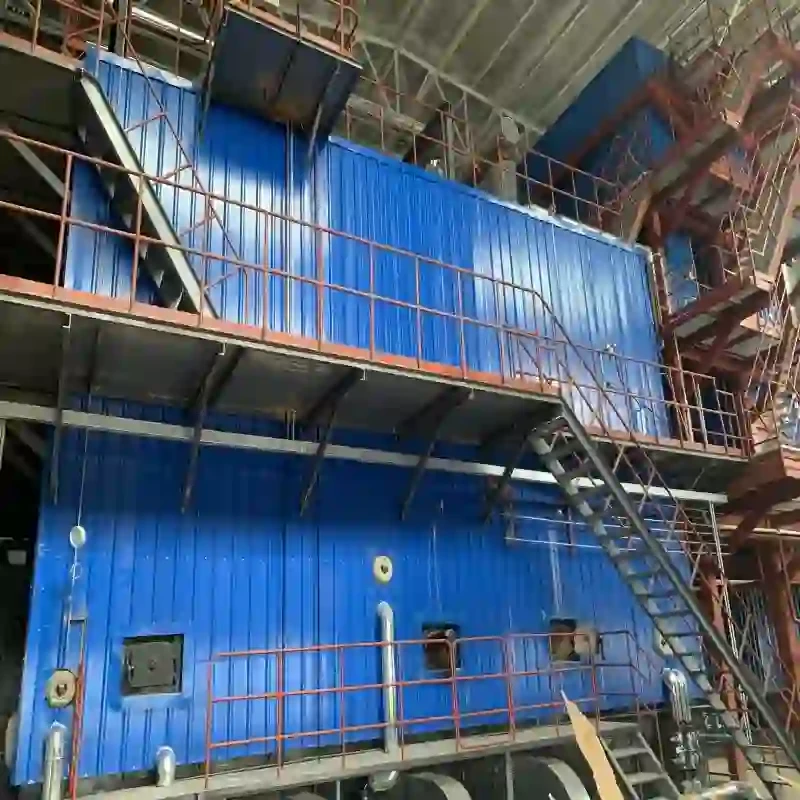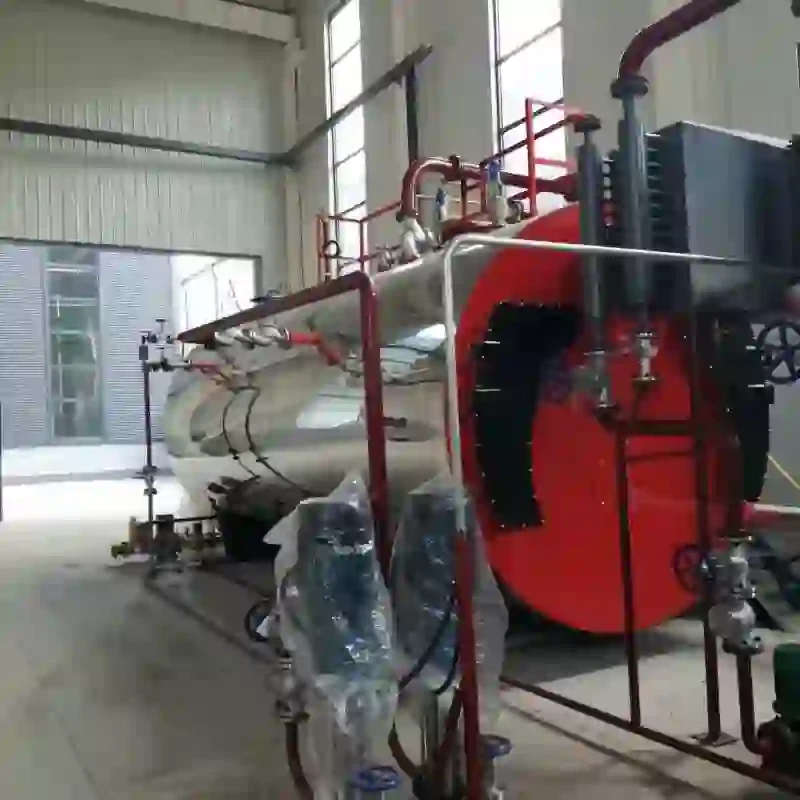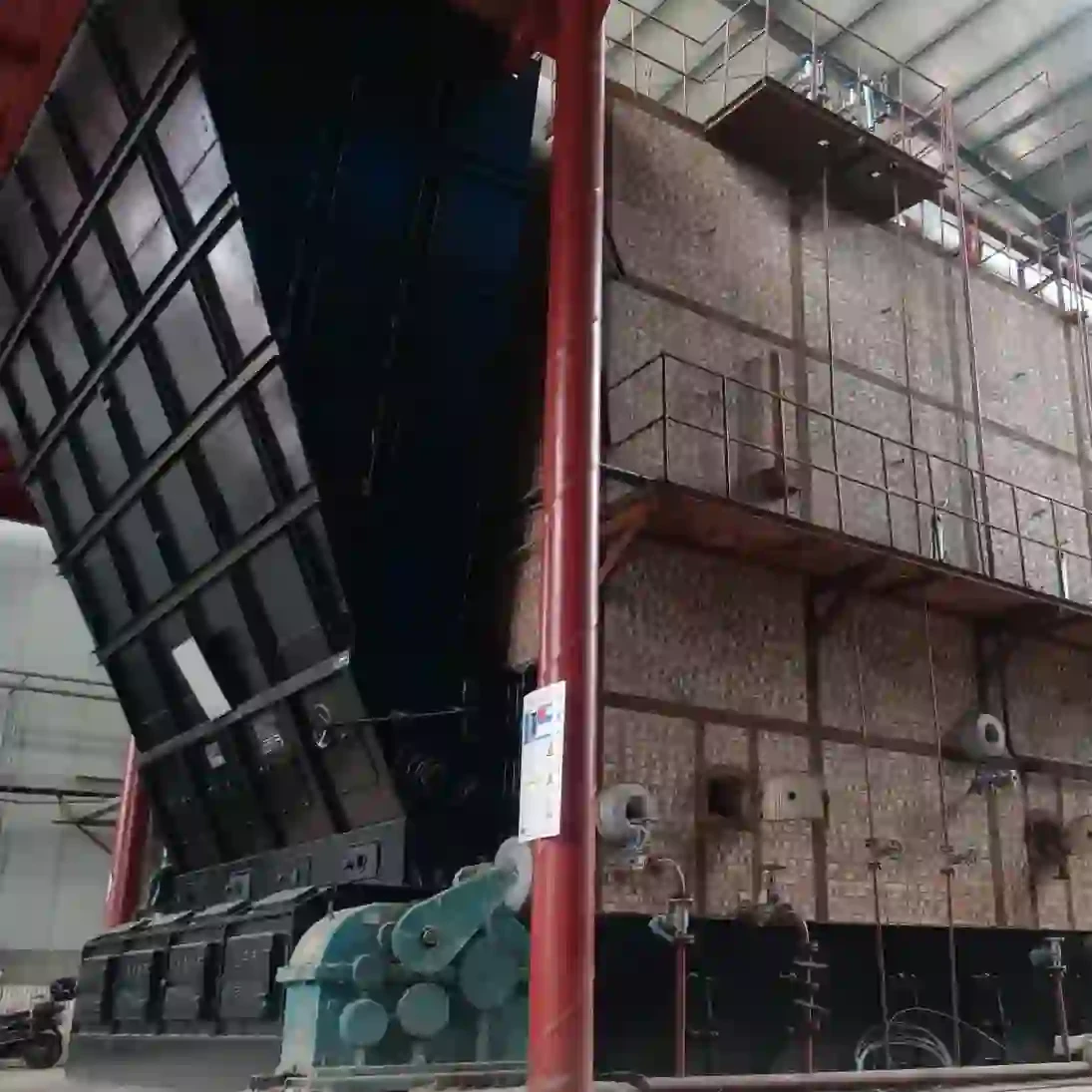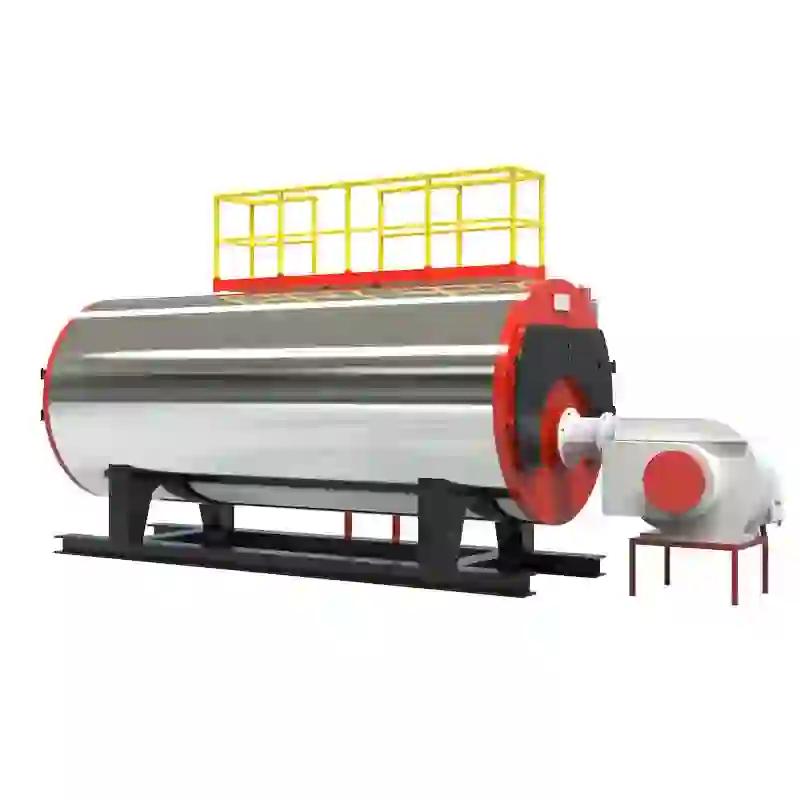
May . 18, 2025 10:31 Back to list
Efficient Boiler Steam Pressure Control Systems Optimized Safety & Performance
- Introduction to Steam Pressure Dynamics
- Technical Superiority of Modern Control Systems
- Performance Benchmarking: Leading Manufacturers Compared
- Customized Solutions for Industrial Applications
- Operational Efficiency Metrics Analysis
- Real-World Implementation Case Studies
- Future-Proofing Boiler Operations
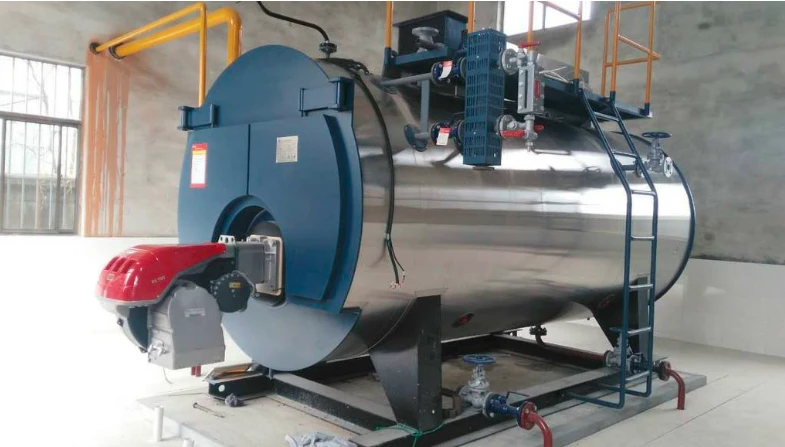
(steam pressure control in boiler)
Understanding Steam Pressure Dynamics in Industrial Boilers
Maintaining optimal steam pressure remains critical for boiler efficiency and safety. Fluctuations exceeding ±2% from setpoints can increase fuel consumption by 6-8% while accelerating component wear. Advanced steam boiler control systems now integrate predictive algorithms that reduce pressure variance to ±0.75%, as demonstrated in recent ASME performance trials.
Technical Superiority in Control Architecture
Third-generation pressure regulators employ three-stage modulation:
- Adaptive feedforward compensation for load changes
- Neural network-based pressure forecasting
- Redundant safety interlocks reacting within 50ms
Manufacturer Capability Assessment
| Vendor | Response Time | Pressure Accuracy | Energy Savings |
|---|---|---|---|
| ThermoControl Pro | 0.8s | ±0.5% | 12-15% |
| VaporMaster X7 | 1.2s | ±1.1% | 8-10% |
| SteamDynamic Elite | 0.6s | ±0.4% | 14-18% |
Application-Specific Configuration Strategies
For pharmaceutical steam sterilization requiring ±0.25% pressure stability, our engineers developed a hybrid system combining:
- High-speed digital pressure transmitters (500Hz sampling)
- Cascade control loops with thermal inertia compensation
- Failsafe mechanisms compliant with ASME BPVC Section IV
Quantifying Operational Improvements
Field data from 47 installations shows consistent results:
"Annual maintenance costs decreased 22% post-implementation, with steam quality violations reduced from 3.2% to 0.4% of operational hours." - PowerGen Quarterly Report 2023
Success Story: Textile Plant Retrofit
A 25MW steam plant achieved:
• 18% reduction in coal consumption
• 92% decrease in pressure-related downtime
• ROI realized in 14 months
Advancing Steam Pressure Control in Boiler Systems
Next-generation systems now incorporate IIoT connectivity, enabling real-time performance optimization across multiple boilers. Our latest firmware update (v4.2) demonstrates 0.3% better pressure stability than previous versions while reducing calibration requirements by 60%.

(steam pressure control in boiler)
FAQS on steam pressure control in boiler
Q: Why is steam pressure control critical in boiler operations?
A: Proper steam pressure control ensures safe and efficient boiler operation, prevents equipment damage, and maintains consistent energy output. Uncontrolled pressure can lead to safety hazards or reduced system performance.
Q: What components make up a boiler steam pressure control system?
A: Key components include pressure sensors, PID controllers, and actuated valves. These work together to monitor, adjust, and stabilize steam pressure based on real-time demand and conditions.
Q: How does a steam boiler control system regulate pressure?
A: It uses feedback loops to compare actual pressure with setpoints and adjusts fuel input, airflow, or steam output. Advanced systems may integrate predictive algorithms for faster response.
Q: What are common methods for steam pressure control in industrial boilers?
A: Methods include modulating burner firing rates, throttling steam valves, and feedwater adjustments. Modern systems combine these with digital controls for precise pressure management.
Q: How to troubleshoot unstable steam pressure in a boiler control system?
A: Check for sensor calibration errors, valve sticking, or controller tuning issues. Inspect fuel supply consistency and ensure proper system sizing for operational load ranges.
-
High Efficiency Coal Fired Thermal Oil Boiler for Industrial Heating
NewsJul.23,2025
-
High-Efficiency Gas Fired Thermal Oil Boiler for Industrial Heating
NewsJul.22,2025
-
High-Efficiency Commercial Steam Boilers for Sale | Oil & Gas
NewsJul.22,2025
-
Reliable Biomass Thermal Oil Boiler Manufacturers
NewsJul.21,2025
-
Steam Boiler System Diagram & Schematic Efficient Heating Solutions for Industry
NewsJul.08,2025
-
Steam Boiler Thermostat - Precise Control & Energy Saving Solutions
NewsJul.08,2025
Related PRODUCTS






